We may receive a commission when you use our affiliate links. However, this does not impact our recommendations.
With winter approaching, we’ve had a new wood burning stove fitted at home. Our joinery workshop (G.S. Haydon & Son) provides ample fuel and it’s a great way to save on the utilities bill and have that unique and comforting sight of a fire during the dark and cold months. My indoor firewood box design is based on a “Log Bin” that was build by the Shaker Craftsmen at New Lebanon, New York, during the early 19th century. If you have a copy of “Making Authentic Shaker Furniture” by John G.Shea, you’ll find it on page 118. I’m not including the drying rack found on the original, and I’m tweaking a few details to suit the wood at hand.
One aspect of these projects than can be frustrating is the lack of access I have to really wide boards at reasonable cost. I decided on poplar in the hope my supplier could provide a nice pick of wide boards. Sadly, my hopes were dashed; there wasn’t a great selection – hence the “tweaking” (not to be confused with twerking).
I’m not that familiar with poplar. It’s popular for paint-grade internal work in the U.K. but we usually revert to other species in our projects. I was taken aback by the sharp contrast of the green heart, but was reliably informed the heart becomes brown over time. I’m on the fence right now about finish; I’m likely to go for a clear finish but might revert to paint.
There is a distinct lack of power tools in this project for no other reason than wanting to practice my stock preparation and test out a couple of ideas. The bench I use is a classic English joiner’s bench. Take a look at the versions of the bench from Peter Nicholson’s 19th century book “Mechanic’s Companion” (you’ll find the image of the bench at the link after scrolling down just a bit) and the painting of the Carpenter’s Shop at Forty Hill (at the Tate Gallery) and this one (help me with that one – I don’t know its official title!). None seem to have any means of securing a board to the top apart from a planing stop. It appears the prescribed method is a bench knife, literally described as a table knife sharpened to suit the task and driven in to the end of the board and the bench. There’s a picture of a device called a “bench knife,” but the description is less than ideal, and the “table knife” is preferred.
So my plan was to plane these wide boards, some up to 12″, with only a planing stop. One thing that precludes is working across the grain; everything would be with the grain. You’ll see from the video below that I’m not perfect with the method – but it works. (A look at many vintage images online mainly show people working with the grain; perhaps working across it is reserved for stuff that was poor “off the saw” or had twisted.) I think I like this planing stop approach, but intend to practice it before I decide if I’m being an idiot or not. I’d be interested to hear your thoughts on that.
Once you start to prepare wood by hand you start to really appreciate wooden planes. I’m still of the mindset that a more hefty metal plane can be a real asset as a panel plane, or for final refining or smoothing, but the value of wooden planes for stock prep cannot be overstated.
I’m still cool with metal, though, and using my humble Record spokeshave (based on the Stanley No. 151) was a joy. Its simple industrialized design works really well. I hope to have part 2 of the video ready in two weeks time – then, I’ll discuss the spokeshave a little more. Enjoy the video!
Here are some supplies and tools we find essential in our everyday work around the shop. We may receive a commission from sales referred by our links; however, we have carefully selected these products for their usefulness and quality.



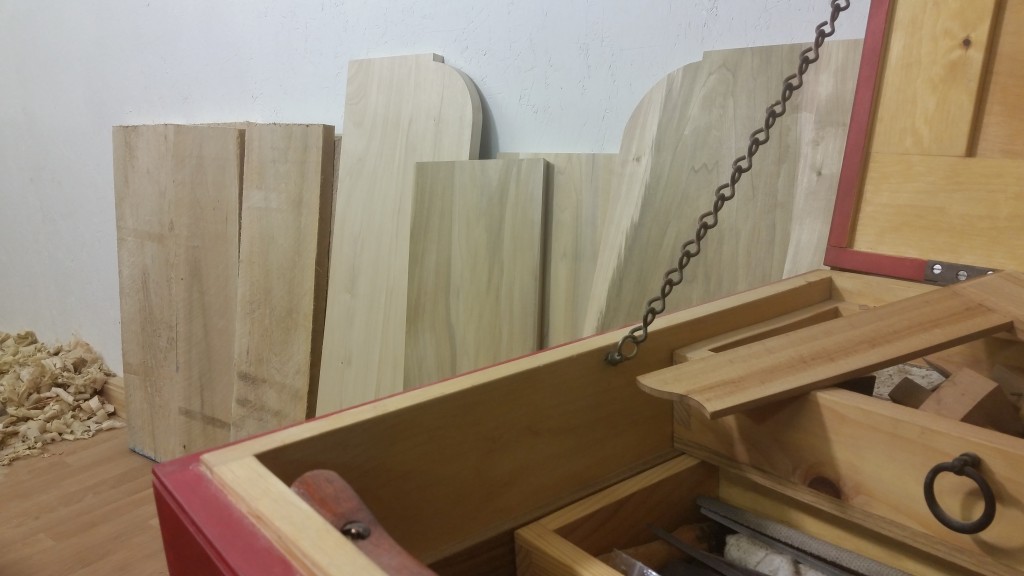
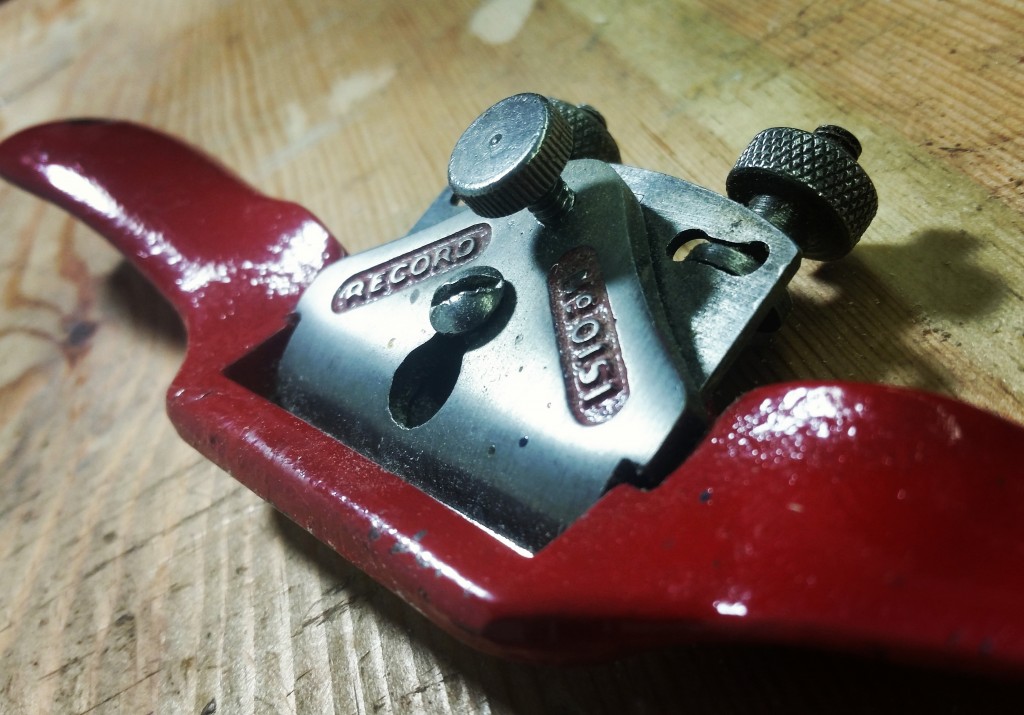
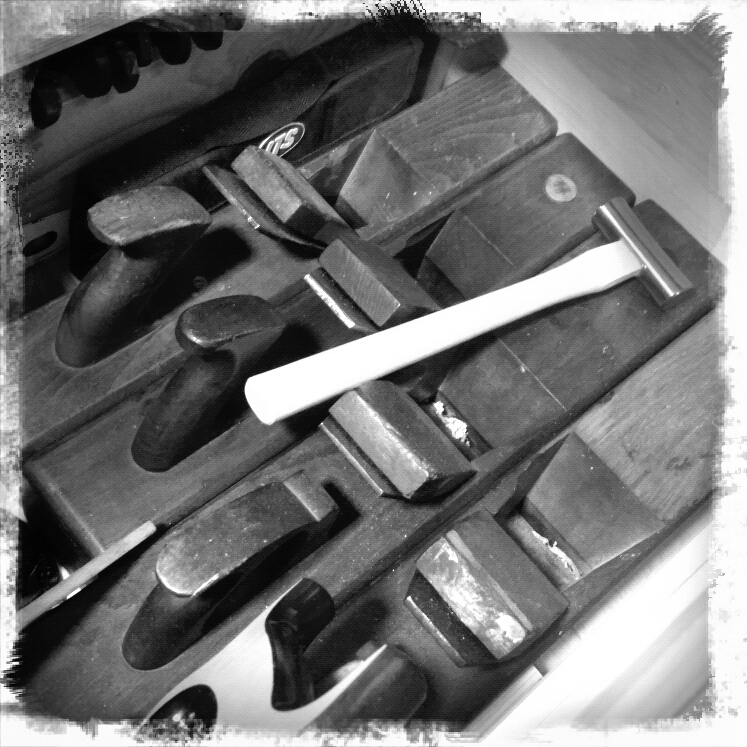




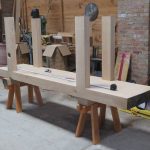
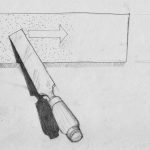
Richard Maguire of the English Woodworker just wrote an entry about the bench knife (http://www.theenglishwoodworker.com/arnold-and-the-bench-knife/). His research shows the hold fast disappearing in England around the 1700’s, possibly due to the rise of the Nicholson bench. With it’s thin top, the Nicholson isn’t the best for hold fasts, their purchase is not as good as a thick French style bench. Plus, I’ll wager you could buy a lot of beat up old kitchen knives for the price of one hold fast. I admire the Nicholson for it’s simplicity, but I think I’ll stay with my thick French top. Vive’ la France!
Found it!
from https://books.google.com/books?id=17C60695ADUC&pg=PR2&lpg=PR2&dq=painting+%22english+joiners%22&source=bl&ots=c1PR6cknh7&sig=nXO_FyuDYiNbXskKyUbEAYSkJUI&hl=en&sa=X&ved=0CB8Q6AEwAWoVChMI4-vS6uOJyQIVxismCh3_eQxS#v=onepage&q=painting%20%22english%20joiners%22&f=false
Tools: Working Wood in Eighteenth-Century America (Wallace Gallery Decorative Arts Publications)
James M. Gaynor; Nancy L. Hagedorn Publisher: University Press of Virginia, 1994
ISBN 10: 0879350989 ISBN 13: 9780879350987
Softcover
“English joiners, painted in 1816 by George Forster (?-1842)< oil on canvas, England. Many early American woodworkers labored in similar environments. Courtesy of the private collection of Barry and Carol Eisenberg, in memory of Bernard H. Taff."
The painting was used as the in the book. Several copies of the book are available via various used book vendors. The copy Google scanned was printed in 2002.
A wash coat with nitric acid will turn poplar to a creamy brown. I think it was around a 10% solution. Just be careful with it… 🙂 Otherwise, good ‘ol free UV light does the trick to mellow poplar.
Have you considered a does foot along with the planing stop to allow you to plane across the grain? As described here:
https://www.popularwoodworking.com/woodworking-blogs/chris-schwarz-blog/modern-high-traction-foot